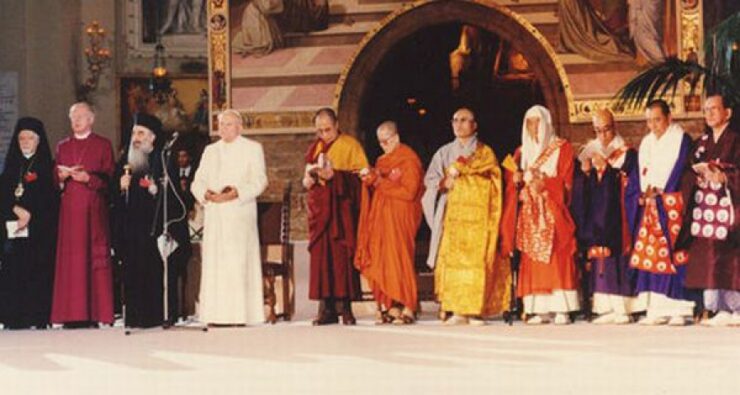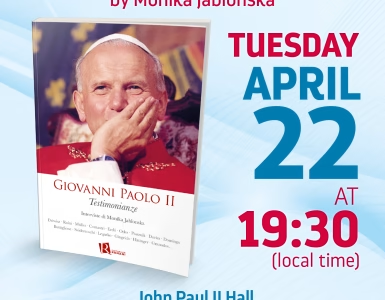Papal pilgrimages to the Asian continent were characterized by other great moments, other great news. In the Philippines, the end of Marcos’ dictatorship and a return to democracy, a few years after the Pope’s visit. Then, and again in the wake of the Papal visit, the great growth of the Catholic religion in South Korea, confucian and Muslim land. These many experiences have also been reflected in the encyclical Redemptoris missio, which confirms the topicality and urgency of the mission and sanctions the shift of the Church’s borders, and therefore its center of gravity, to the South of the world and to the East.
The encyclical was published in January 1991, at the very beginning of the Gulf War. In the background, the world scene, on which in a few years with a dwarf and dramatic change extinguished so much hope.
The Wall collapsed, the Marxist utopia ended definitively. And, at this point the humanism of John Paul II revealed his novelty, his prophetic realism by not accepting the triumph of capitalist ideology. But, as has already been said, the Holy Father did not confine himself to rejecting the Holy See’s e equate with the then victorious “system”, above all related to the West. Not only did he stigmatize the perverse mechanisms of some form of globalization, which, in addition to stifling the economies of poor countries, also exposed the weaker sectors of rich countries. Not only that. John Paul II saw in neoliberalism – those in the form of economic individualism, those “wild”, alienated from all ethical principles, and in this consumerist form – a spiritual threat no less than Marxism.
With the permission of Cardinal Stanisław Dziwisz – “At the side of the Saint”
St. Stanislaw BM Publishing House, Krakow 2013





